Pajero Evolution: When Mitsubishi aimed a 4×4 rallying legend at the streets
Homologation specials are funny things. On paper, they’re often heavily compromised road-going machines that simply exist to help a manufacturer play by the rulebook of whatever racing series it most wants to dominate.
In practice, however, homologation specials are machines steeped in legend, deeply humanized amalgamations of brilliance, beauty, and raw pace. Markers in the sort of storylines that build brands into monoliths that can define whole decades of competition.

Mitsubishi doesn’t enjoy the same intricately woven motorsports history as brands like Porsche or Ferrari, but the Japanese automaker is no stranger to the rigors of appeasing sanctioning bodies with showroom machinery in order to take the green flag. The Mitsubishi Pajero was the Tri-Diamond brand’s answer to the Toyota Land Cruisers and the Land Rover Range Rovers of the world.
First sold in 1982, the Pajero made it all of one year before Mitsubishi aimed the rugged SUV at the crucible of motorsport—specifically, the 1983 running of the grueling Paris-Alger-Dakar rally. The Pajero found immediate success, taking first and second in its class at a race that would go on to garner a reputation for difficulty, danger, and death. The ensuing two decades of dominance are still heralded as one of the most impressive runs in any form of motorsport; Mitsubishi would go on to win the Dakar outright 12 times from 1985–2007, including taking nine of 11 from 1997 on.

Of those wins, the 1998 victory is particularly noteworthy. In order to compete in the hotly-contested T2 class, the Dakar rulebook mandated that entrants be based on a road-going vehicle. Although Mitsu had won in ’97 with a Pajero II, it felt that the progression and development of the class would require a much more focused effort to take the top spot the following year.
Thus, in accordance with the rules, Mitsubishi engineers began to develop a road-going version of the car they wanted to run at Dakar in ’98.
Enter the 1997 Mitsubishi Pajero Evolution, a joyously cartoonish 4×4 with bulging fenders, massive tires, and scoops and flicks aplenty.
One of the most delightful homologation specials extant, the Pajero Evo looks like it’s doing 90 mph over dunes even while parked at a gas pump. A 3.5-liter, naturally aspirated, DOHC V-6 produced 276 horsepower and 256 lb-ft of torque to spin either the rear wheels alone or all four wheels, thanks to a two-speed transfer case. Cog-swapping was handled either by a five-speed manual or a five-speed automatic transmission.
Other driveline components were similarly overkill. The Pajero Evo had four-corner independent suspension with double wishbones up front and a multi-link setup out back. The differentials front and rear were Torsen-style limited-slip units. Mitsubishi’s Super Select 4WD system boasted a viscous coupling center differential that could essentially unlock in tight maneuvers to mitigate the axle hop that other 4×4 systems had to deal with.
Recaro racing seats up front were yet another indication that this thing was built to go fast and chase the far reaches of the globe.

Production lasted just three years, 1997–99. Exact production numbers are a hot topic of debate in the Mitsubishi community, but it’s generally thought that around 2500 or so saw the light of day. They were never sold in America, however. Up until this year, fans of JDM legends, Japanese 4x4s, and homologation specials alike have been forced to hurry up and wait.

Behold, the opening salvo in what’s sure to be a fun car to follow in the coming months and years: A 1997 Mitsubishi Pajero Evolution, offered on Cars & Bids.
According to our data, this is the first Pajero Evo to ever go up for public sale in the states—and this one already has a Florida title. It features a five-speed manual transmission, which is the rarer of the two gearboxes offered. (Again, the numbers are murky, but it’s widely held that just roughly 1/5 of Pajero Evos came with a stick.) Despite an odometer that shows approximately 209,000 kilometers(129,900 miles), this thing cleans up remarkably well.
We like to think that whoever logged all those miles did so with a manic smile on their face, because look at the thing—who’s not gonna grin like an idiot whipping this beast around?
Modifications are few, but tasteful. There’s a Nardi steering wheel in place of the stock four-spoke unit, and a Pioneer Carrozzeria head unit to handle tunes and navigation. Other cosmetic tweaks are small—rain guards shroud the windows, and slim bezels frame the rear lights. The aftermarket “EVOLUTION” sticker on the front bumper harkens back to Mitsubishi’s motorsports heyday.
At the time of this writing, bidding is up to $34,000. But with five days left in the auction, expect the price to climb much higher. Just how high will it go? According to Hagerty Valuation analyst and resident Japanese-vehicle buff Adam Wilcox, we could be looking at a big number.
“This Pajero Evo has everything needed to reach a hefty final result,” he explains. “It’s a perfect blend of limited production, unique and wild styling, homologation racing history, obscure tech, and Americans being forced to wait 25 years to get one.
“There’s no other car like this—the Pajero Evo is one of the coolest JDM cars of all time. What’s more, there is no later generation that will steal this car’s thunder when it eventually becomes legal, like the issue that we’re seeing with R32 and R33 Nissan Skylines.”
This example also benefits from great timing. Here’s Wilcox again: “The Pajero Evo became legal at the perfect time, finally reaching U.S. shores under the 25-year rule right when values for retro Japanese 4x4s are reaching an all-time high.”
We’ve seen this blend of timing and collector interest drive big results recently—this 1996 Toyota Mega Cruiser sold for an eye-watering $314,500 just last month. While the Pajero Evo in question may not reach those heights, don’t be shocked if the auction ends with a final number in the six-figure range.

Once dominant in the crucible of cross-continental rally raiding, Mitsubishi’s vaunted Pajero Evolution may now find itself at the dawn of a new hot streak—one where the finish line is marked by a gavel, rather than checkered flags.
(Side note: Although some of these photos feature two silver Pajero Evos, just one is offered in this sale. However, that second one probably isn’t there by accident! We’d bet that one’s also bound for auction in the not-too-distant future.)
Check out the Hagerty Media homepage so you don’t miss a single story, or better yet, bookmark us.

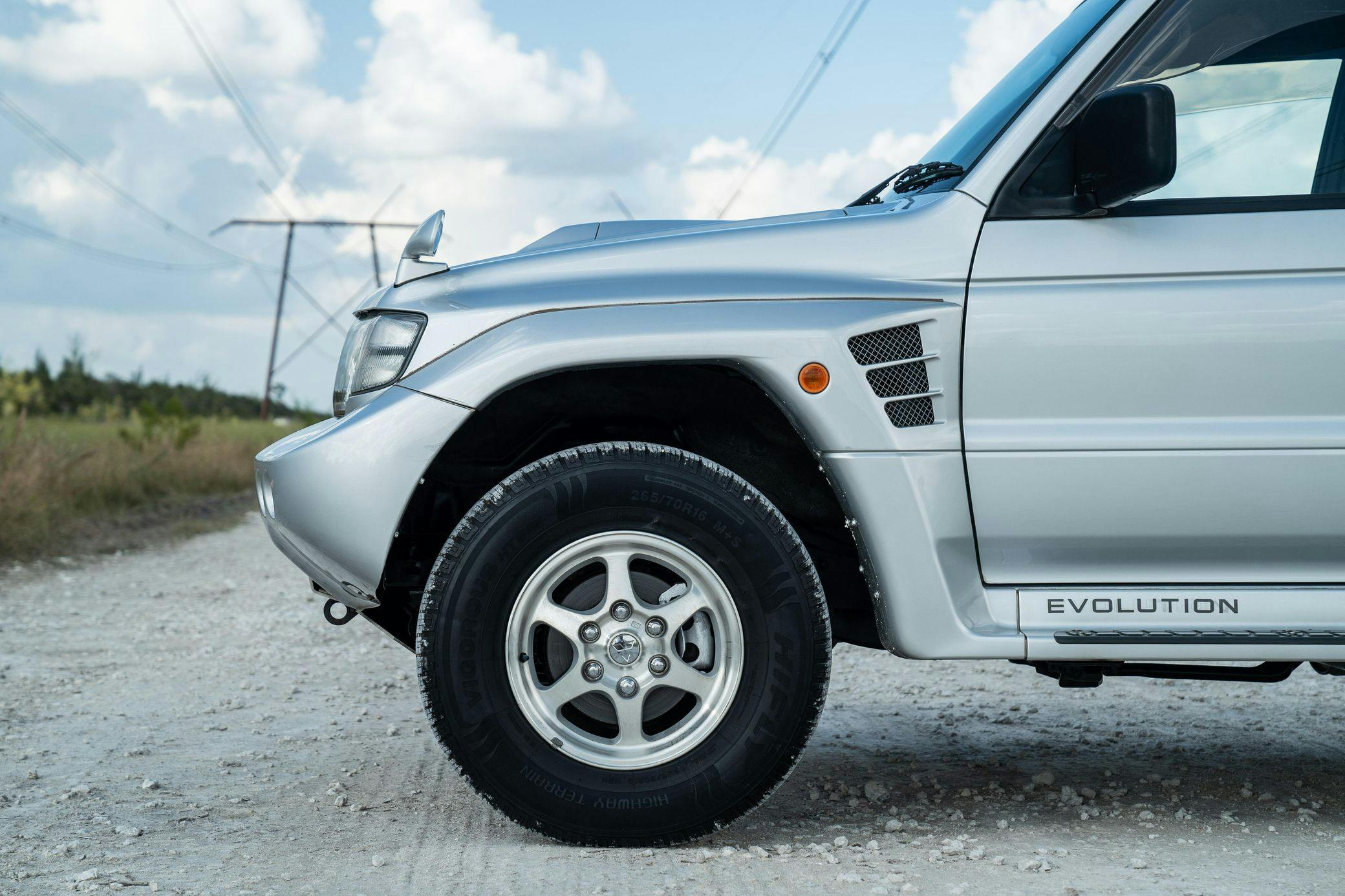
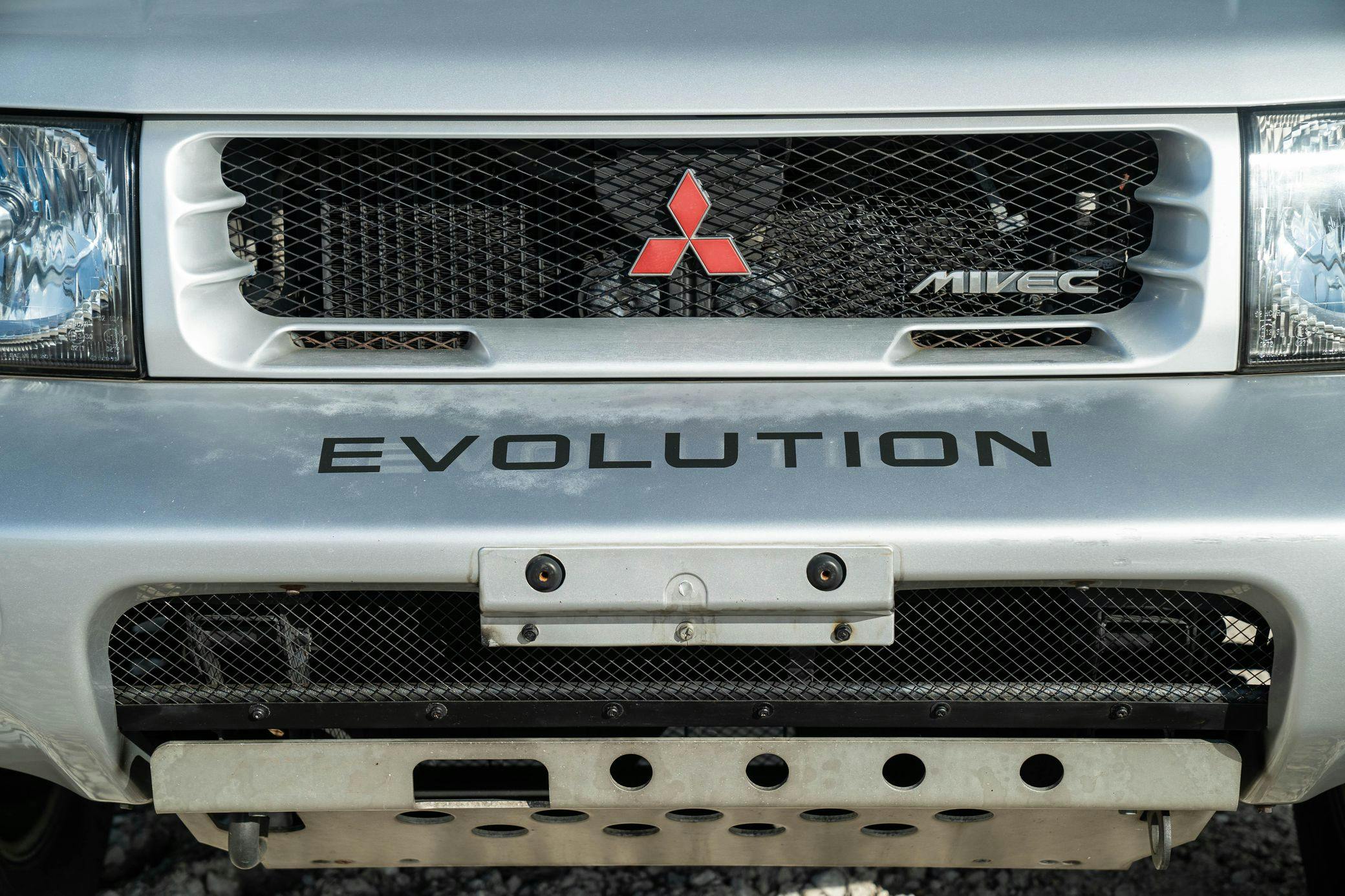
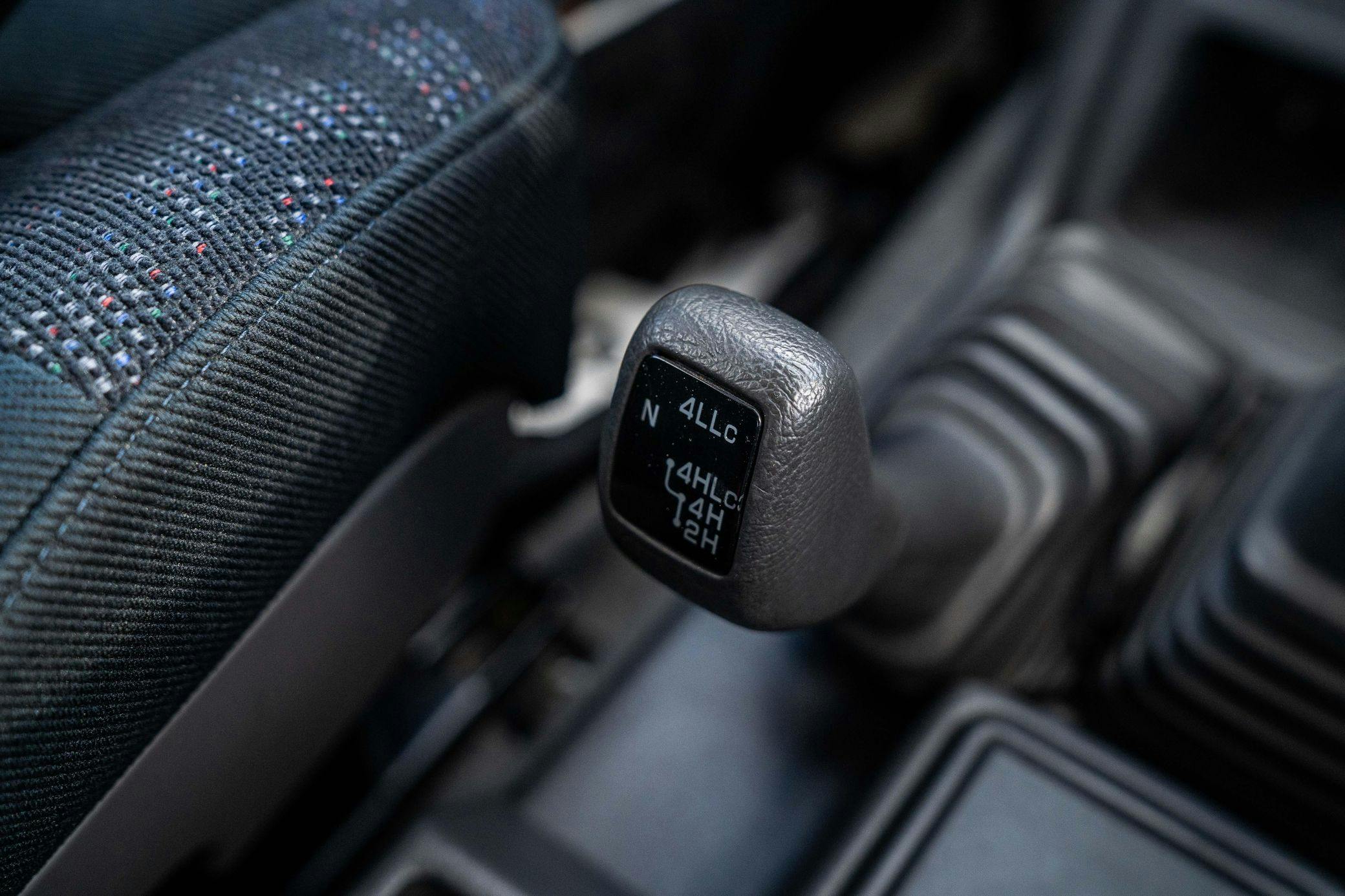

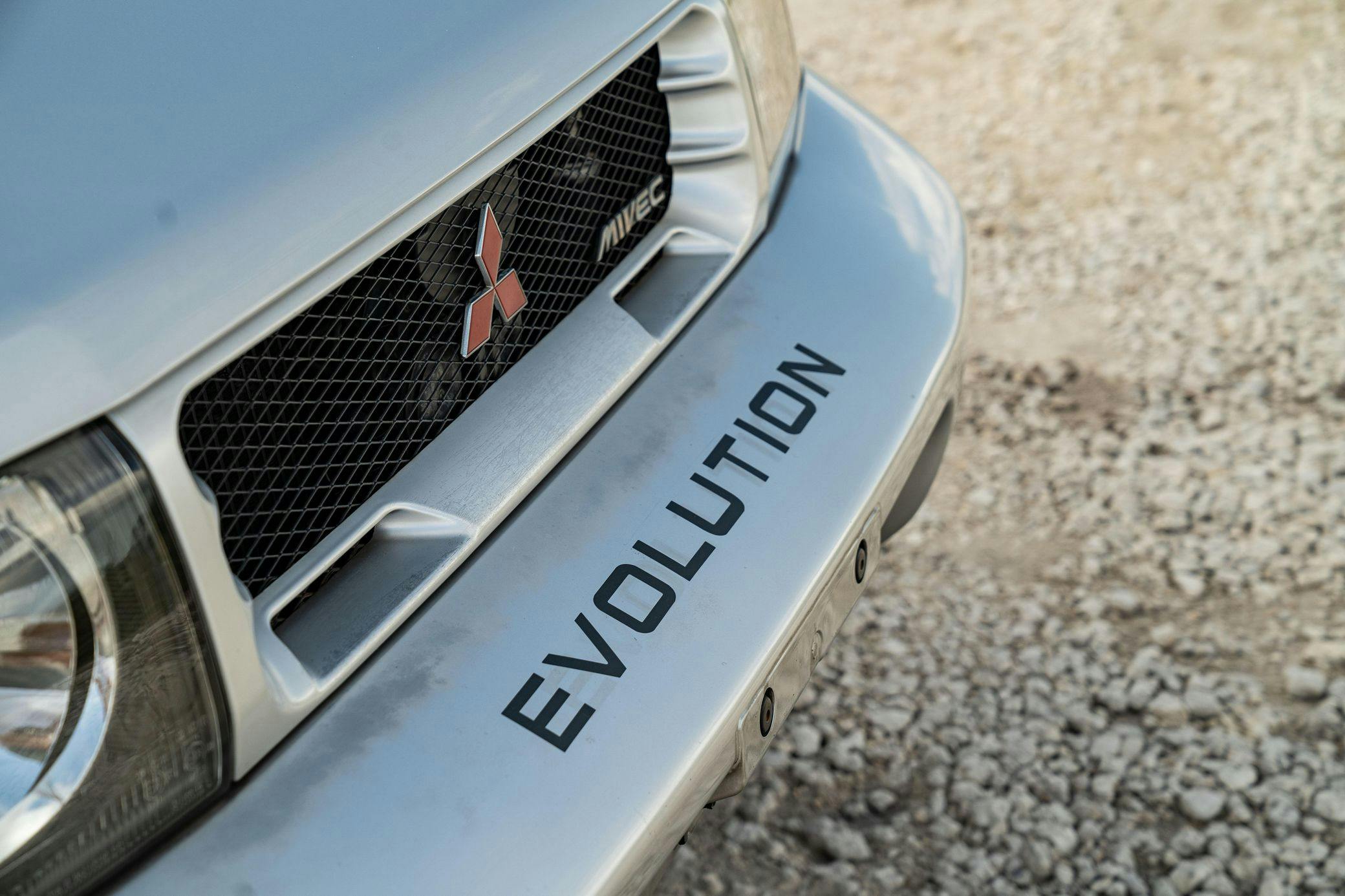
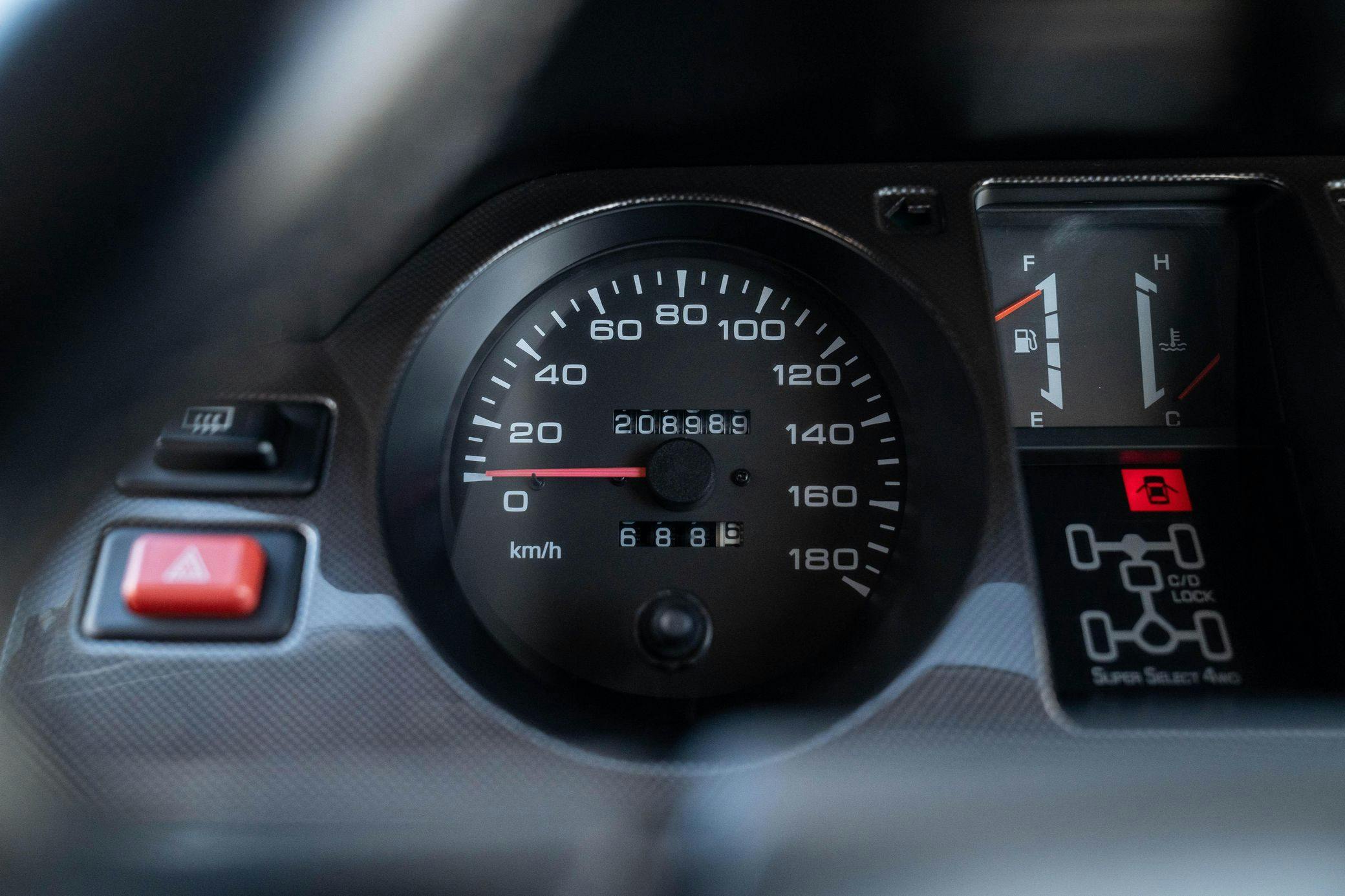
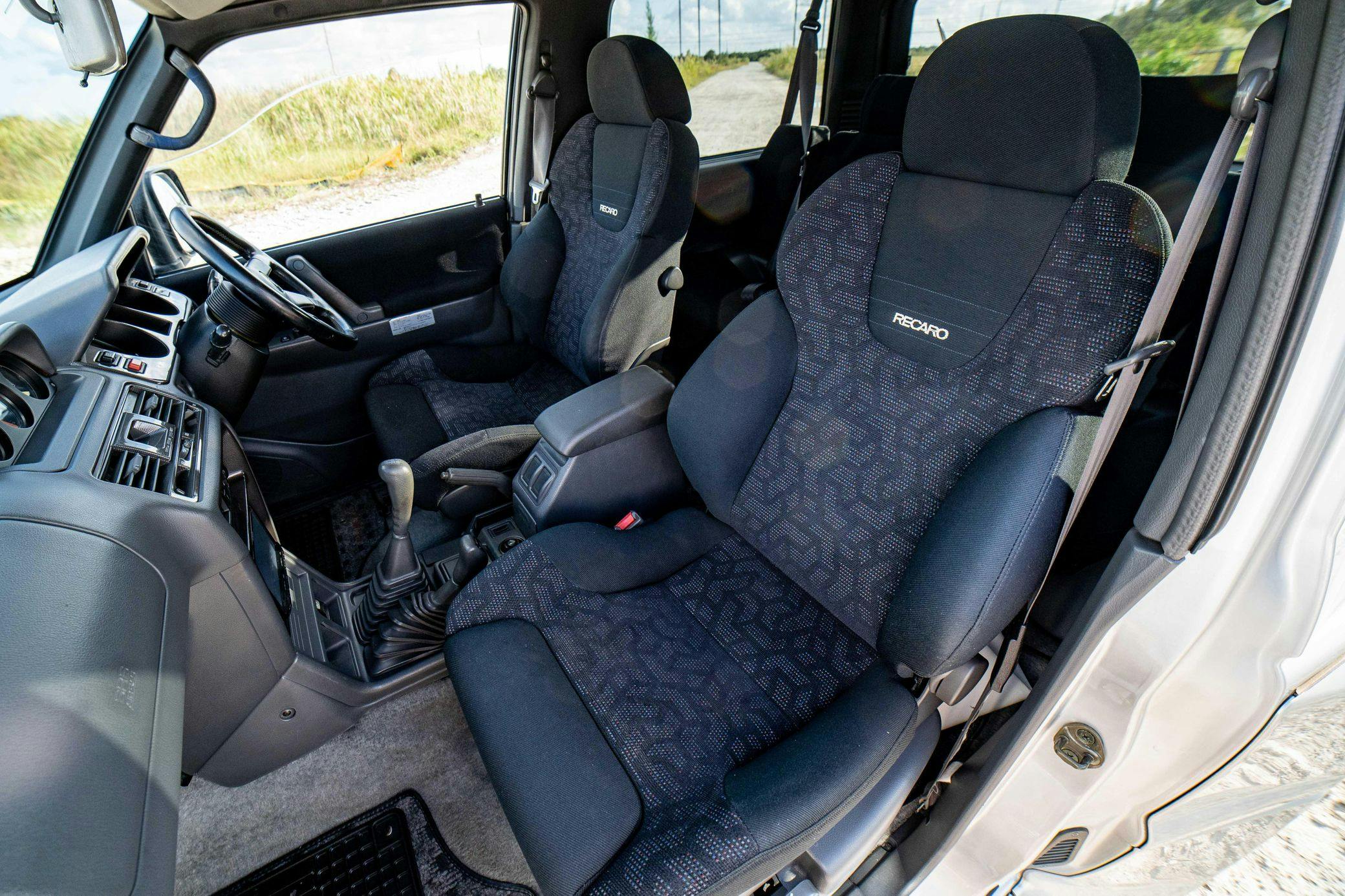
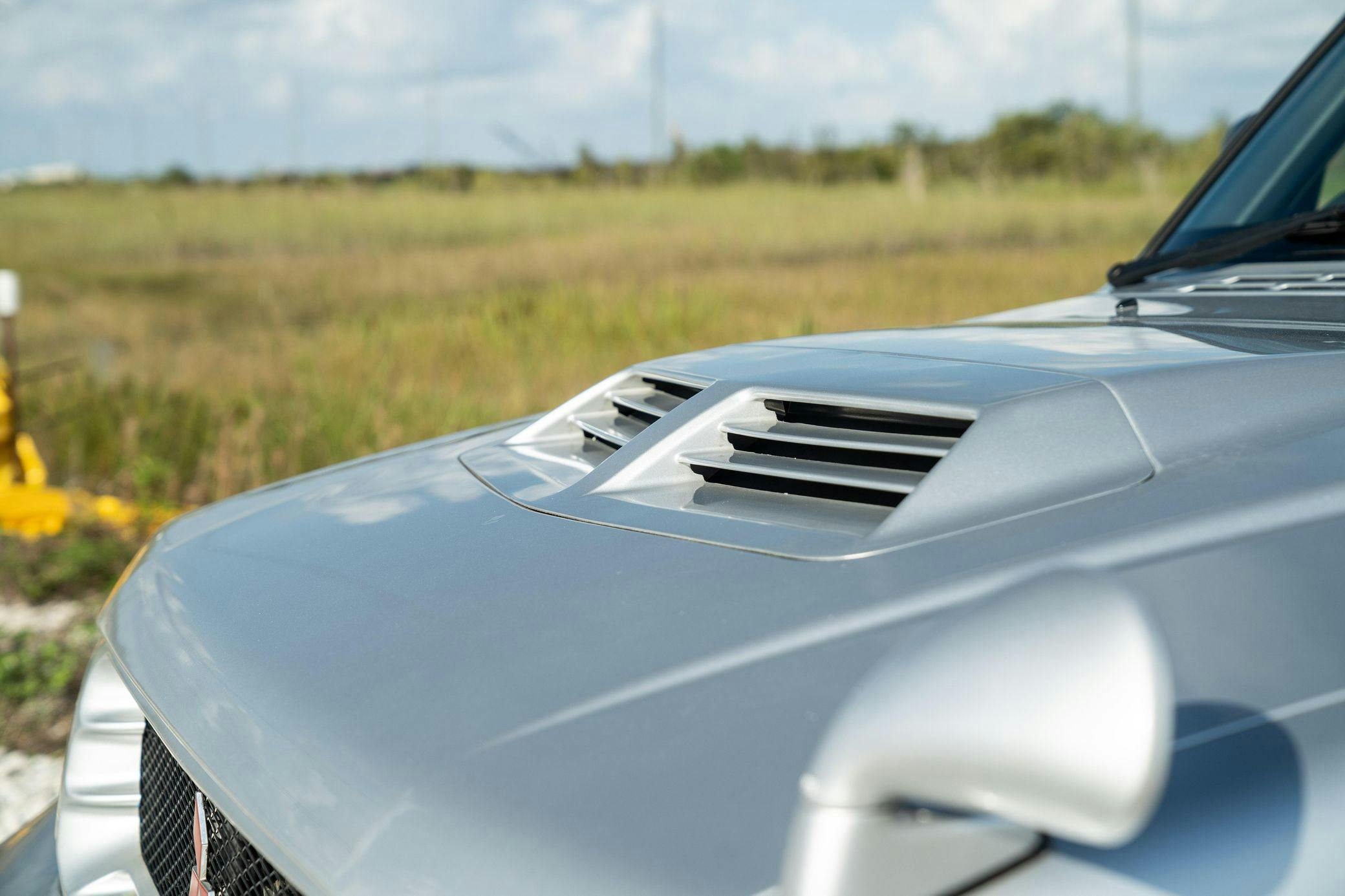
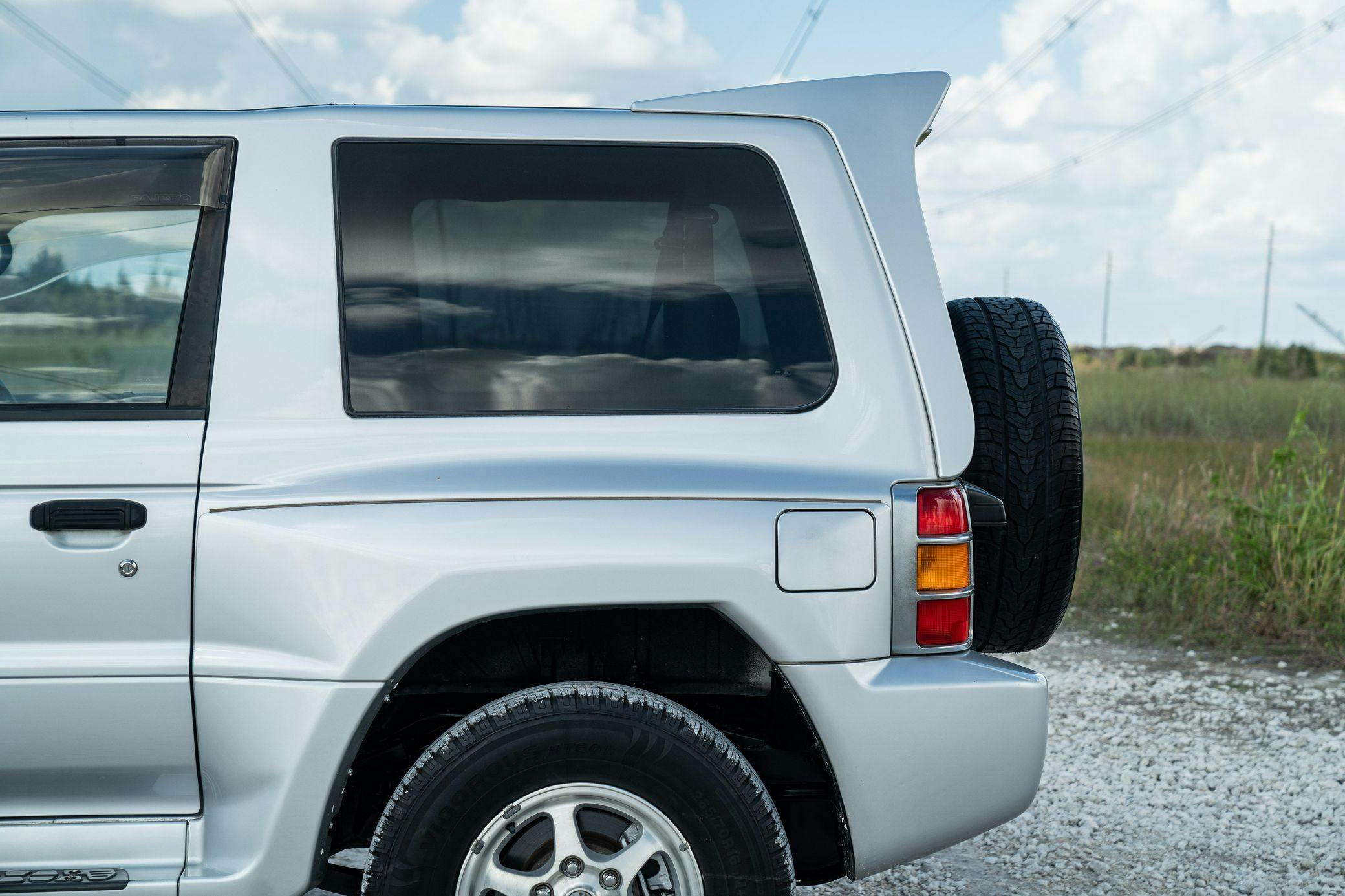


I’ll take one of the ones with a turbo motor assuming that exists. Still a very cool rally inspired truck.
Photography was done by Fuel Files as commented various times on your IG post. If you can credit us accordingly that would be great! Thanks for the love.